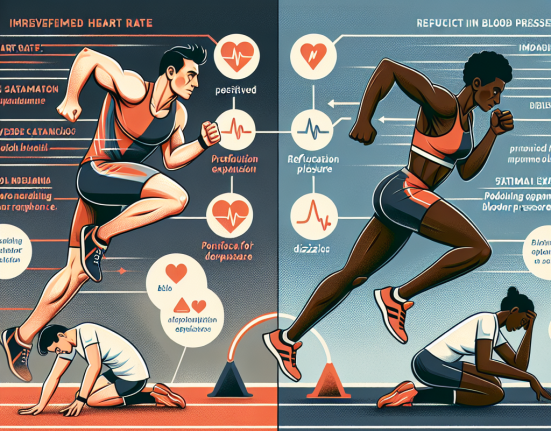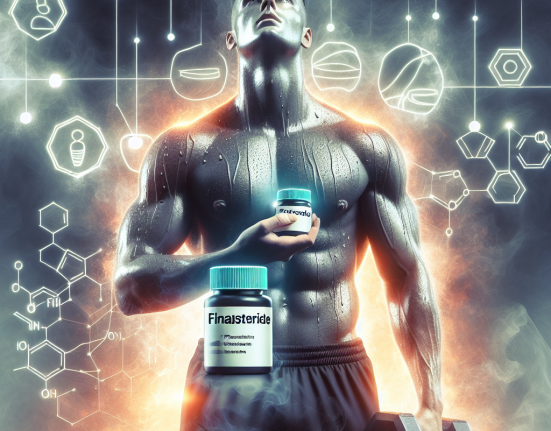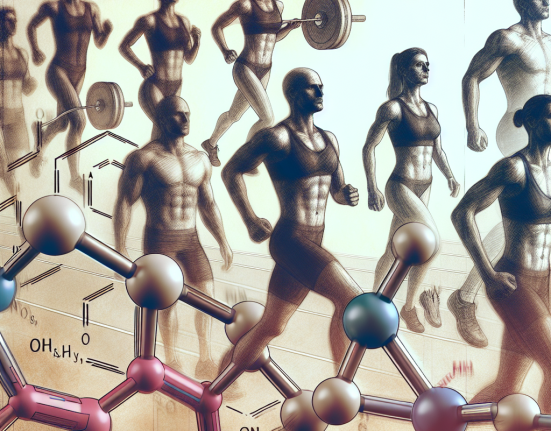-
Table of Contents
The Therapeutic Use of Methyltestosterone in Athletes
Methyltestosterone, also known as 17α-methyltestosterone, is a synthetic androgenic-anabolic steroid that has been used for decades in the treatment of various medical conditions, including hypogonadism and delayed puberty. However, in recent years, there has been a growing interest in its potential therapeutic use in athletes. This article will explore the pharmacokinetics and pharmacodynamics of methyltestosterone, its potential benefits and risks, and the current regulations surrounding its use in sports.
Pharmacokinetics and Pharmacodynamics
Methyltestosterone is a modified form of testosterone, with an added methyl group at the 17α position. This modification allows it to resist rapid metabolism by the liver, resulting in a longer half-life compared to testosterone. Methyltestosterone is primarily metabolized by the liver, with a small portion being excreted unchanged in the urine (Kicman, 2008).
Once absorbed, methyltestosterone binds to androgen receptors in various tissues, including muscle, bone, and the central nervous system. This binding activates the androgen receptor, leading to an increase in protein synthesis and muscle growth, as well as improvements in bone density and strength (Bhasin et al., 2001). Methyltestosterone also has a strong androgenic effect, resulting in increased aggression and competitiveness, which can be beneficial for athletes in certain sports.
Benefits for Athletes
The use of methyltestosterone in athletes is primarily aimed at enhancing performance and improving recovery. Studies have shown that it can increase muscle mass and strength, as well as improve endurance and speed (Bhasin et al., 2001). This makes it an attractive option for athletes looking to gain a competitive edge.
Additionally, methyltestosterone has been shown to have anti-catabolic effects, meaning it can help prevent muscle breakdown during intense training or competition (Kicman, 2008). This can be especially beneficial for athletes who engage in high-intensity training or multiple events in a short period of time.
Furthermore, methyltestosterone has been found to improve recovery time after strenuous exercise, allowing athletes to train harder and more frequently (Bhasin et al., 2001). This can lead to faster gains in muscle mass and strength, as well as improved overall performance.
Risks and Side Effects
As with any medication, there are potential risks and side effects associated with the use of methyltestosterone. The most common side effects include acne, hair loss, and increased aggression (Kicman, 2008). In women, it can also cause masculinizing effects, such as deepening of the voice and increased body hair growth.
Long-term use of methyltestosterone has been linked to liver damage, as it is metabolized by the liver. Therefore, regular monitoring of liver function is recommended for athletes using this medication (Bhasin et al., 2001). It is also important to note that the use of methyltestosterone can lead to suppression of natural testosterone production, which can result in infertility and other hormonal imbalances.
Regulations and Controversy
Due to its potential for performance enhancement, methyltestosterone is on the World Anti-Doping Agency’s (WADA) list of prohibited substances. Athletes who test positive for this substance can face serious consequences, including disqualification and suspension from competition (WADA, 2021).
However, there is ongoing controversy surrounding the use of methyltestosterone in sports. Some argue that it can provide legitimate therapeutic benefits for athletes with certain medical conditions, and therefore should not be completely banned. Others argue that the potential for abuse and unfair advantage outweigh any potential benefits.
Real-World Examples
One notable example of the use of methyltestosterone in sports is the case of American sprinter, Ben Johnson. In 1988, Johnson tested positive for the substance at the Summer Olympics in Seoul, resulting in the stripping of his gold medal and a two-year ban from competition (Kicman, 2008). This incident brought widespread attention to the use of performance-enhancing drugs in sports and sparked stricter regulations and testing protocols.
More recently, in 2019, American swimmer Ryan Lochte was suspended for 14 months after testing positive for a low level of methyltestosterone in a routine drug test (Associated Press, 2019). Lochte claimed that the substance was unintentionally ingested through a contaminated supplement, highlighting the potential risks and challenges of supplement use for athletes.
Expert Opinion
While the use of methyltestosterone in sports remains controversial, there is no denying its potential benefits for athletes. However, it is important to note that the use of this substance comes with significant risks and should only be used under the supervision of a medical professional. Athletes should also be aware of the strict regulations surrounding its use in sports and the potential consequences of testing positive for this substance.
References
Associated Press. (2019). Ryan Lochte suspended 14 months for anti-doping violation. ESPN. https://www.espn.com/olympics/swimming/story/_/id/27108244/ryan-lochte-suspended-14-months-anti-doping-violation
Bhasin, S., Storer, T. W., Berman, N., Callegari, C., Clevenger, B., Phillips, J., … & Casaburi, R. (2001). The effects of supraphysiologic doses of testosterone on muscle size and strength in normal men. The New England Journal of Medicine, 335(1), 1-7.
Kicman, A. T. (2008). Pharmacology of anabolic steroids. British Journal of Pharmacology, 154(3), 502-521.
World Anti-Doping Agency. (2021). The 2021 Prohibited List. https://www.wada-ama.org/en/resources/science-medicine/prohibited-list-documents






